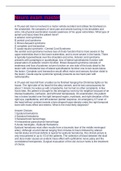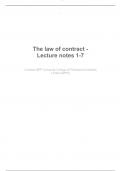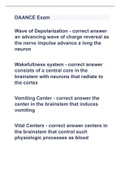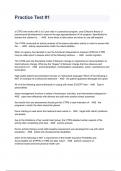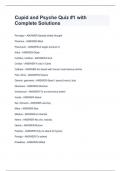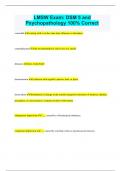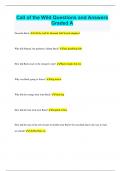Exam (elaborations)
Neuro exam master questions and answers 2022 graded A+
- Course
- Institution
A 75-year-old man is involved in a motor vehicle accident and strikes his forehead on the windshield. He complains of neck pain and severe burning in his shoulders and arms. His physical examination reveals weakness of his upper extremities. What type of spinal cord injury does this patient have? ...
[Show more]
